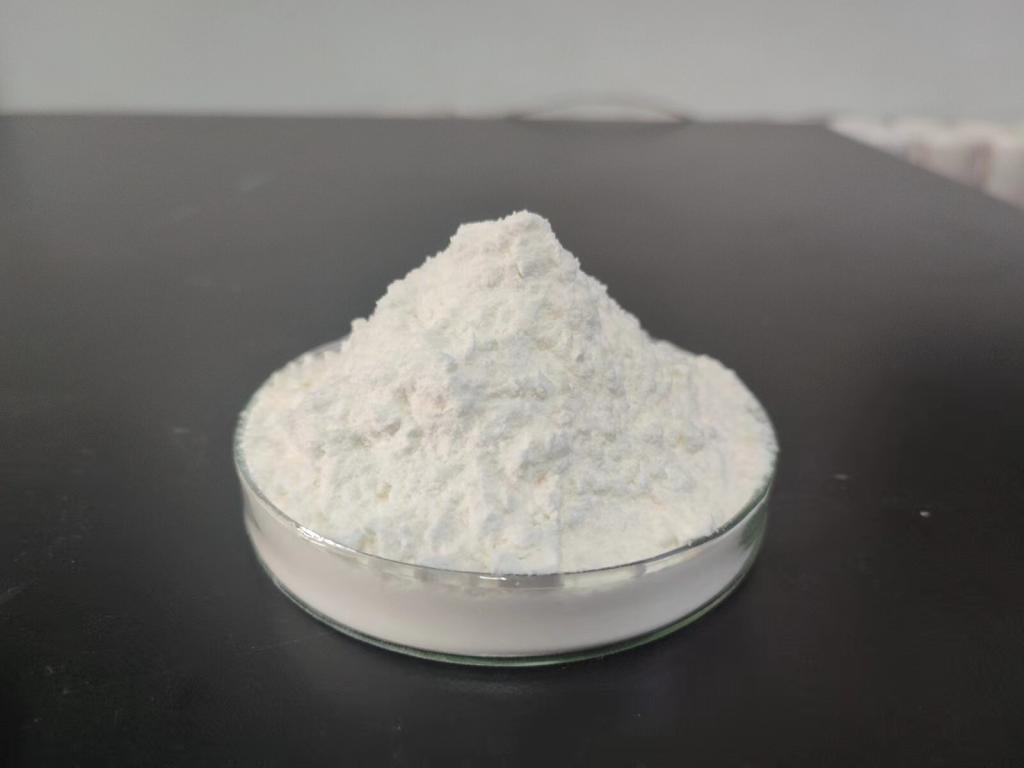Tel:+8618231198596

News
 CONTACT
CONTACT
 CONTACT
CONTACT
- Linkman:Linda Yao
- Tel: +8618231198596
- Email:linda.yao@dcpharma.cn
- Linkman:CHARLES.WANG
- Department:Overseas
- Tel: 0086 0311-85537378 0086 0311-85539701
News
Current Position:
Home >
News
>ε-Polylysine hydrochloride serves as an important tool in addressing challenge.
ε-Polylysine hydrochloride serves as an important tool in addressing challenge.
TIME:2024-04-11
Understanding ε-Polylysine Hydrochloride
ε-Polylysine hydrochloride is a natural antimicrobial compound derived from microbial fermentation, primarily produced by Streptomyces albulus. It is a cationic polypeptide composed of multiple lysine residues linked by peptide bonds. The unique structure of ε-polylysine hydrochloride confers its antimicrobial activity, allowing it to inhibit the growth of various bacteria, yeasts, and molds.
Mechanism of Action
The antimicrobial activity of ε-polylysine hydrochloride stems from its ability to disrupt microbial cell membranes and interfere with essential cellular functions. Upon contact with microbial cells, ε-polylysine hydrochloride binds to the cell membrane, causing structural damage and permeabilization. This disrupts the integrity of the cell membrane, leading to leakage of intracellular components and eventual cell death.
Furthermore, ε-polylysine hydrochloride can penetrate the cytoplasmic membrane of microbial cells, disrupting metabolic processes and inhibiting protein synthesis. This multifaceted mode of action makes ε-polylysine hydrochloride effective against a broad spectrum of microorganisms, including Gram-positive and Gram-negative bacteria, as well as yeasts and molds.
Applications in Food Preservation
The antimicrobial properties of ε-polylysine hydrochloride make it an invaluable tool in food preservation. Its effectiveness against spoilage organisms and foodborne pathogens allows for the extension of shelf life and the maintenance of food quality. ε-Polylysine hydrochloride can be incorporated into various food products and processing techniques to enhance microbial stability and safety.
In the meat and poultry industry, ε-polylysine hydrochloride is used to inhibit the growth of bacteria such as Escherichia coli, Salmonella, and Listeria monocytogenes. By incorporating ε-polylysine hydrochloride into meat products, manufacturers can reduce the risk of contamination and ensure the safety of the final product.
Similarly, in the dairy industry, ε-polylysine hydrochloride is employed to inhibit the growth of spoilage organisms and pathogens in milk, cheese, and yogurt. Its compatibility with dairy products allows for effective preservation without compromising taste or texture.
In addition to traditional applications, ε-polylysine hydrochloride finds utility in the preservation of processed foods, such as sauces, dressings, and condiments. Its ability to inhibit microbial growth helps maintain product stability and safety throughout storage and distribution.
Regulatory Considerations
The regulatory status of ε-polylysine hydrochloride varies depending on the country and intended use. In many jurisdictions, ε-polylysine hydrochloride is recognized as a safe food additive, with established maximum residue limits (MRLs) and usage levels. Regulatory bodies such as the Food and Drug Administration (FDA) in the United States and the European Food Safety Authority (EFSA) in the European Union have evaluated the safety of ε-polylysine hydrochloride and established guidelines for its use in food products.
However, it is essential for food manufacturers to adhere to regulatory requirements and ensure compliance with applicable standards and labeling regulations. This includes accurate labeling of ε-polylysine hydrochloride in ingredient lists and adherence to permitted usage levels to ensure consumer safety.
Future Prospects
As the global food industry continues to evolve, the demand for effective antimicrobial agents like ε-polylysine hydrochloride is expected to grow. With increasing concerns about food safety and the prevalence of foodborne illnesses, there is a heightened need for innovative solutions that can ensure the safety and quality of food products.
Future research and development efforts may focus on optimizing the formulation and application of ε-polylysine hydrochloride to enhance its efficacy and compatibility with different food matrices. Additionally, advancements in microbial control strategies and processing technologies may further expand the utility of ε-polylysine hydrochloride in food preservation and safety.
Conclusion
ε-Polylysine hydrochloride serves as a vital tool in addressing the challenges posed by foodborne illnesses and outbreaks, protecting public health and ensuring the safety of food products. Its potent antimicrobial properties, coupled with its versatility and regulatory acceptance, make it an invaluable asset in food preservation and safety efforts.
By incorporating ε-polylysine hydrochloride into food products, manufacturers can enhance microbial stability, extend shelf life, and reduce the risk of contamination. Moreover, ε-polylysine hydrochloride offers a natural and effective alternative to synthetic antimicrobial agents, aligning with consumer preferences for clean label ingredients and sustainable food production practices.
As the food industry continues to prioritize safety and quality assurance, ε-polylysine hydrochloride will remain a cornerstone of microbial control strategies, contributing to the advancement of food safety and public health worldwide.
- Tel:+8618231198596
- Whatsapp:18231198596
- Chat With Skype







